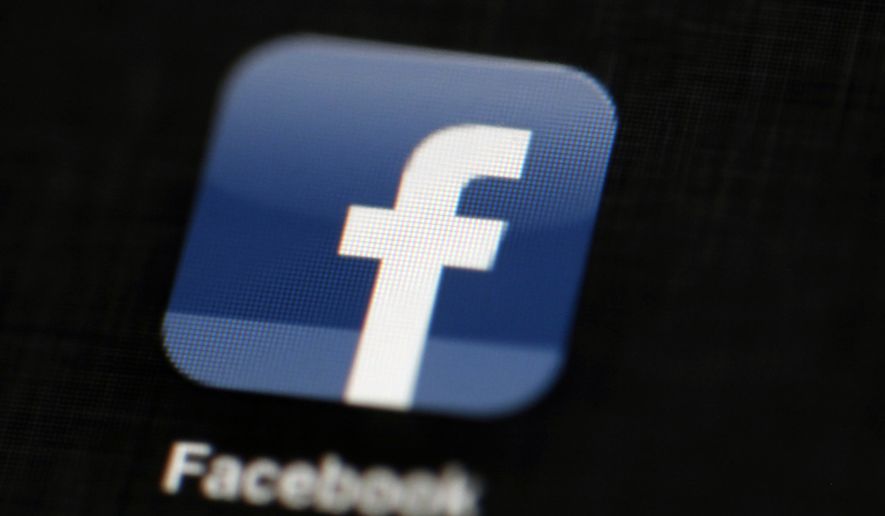Facebook estimates 10 million Americans saw the advertisements that Russian groups purchased to try to influence the presidential election last year, but analysts said that undersells the reach of the ads, which may have been seen by as many as 70 million.
That kind of reach is stunning given the relatively modest budget of $100,000 spent by Russian trolls linked to the ads. The Russian-linked groups spent less than $3 on about half of the ads and never spent more than $1,000 on a single ad, Facebook said.
“The impact is vasty disproportionate to the amount spent,” said Benjamin G. Edelman, who teaches the economics of online markets at Harvard Business School. “That is what makes this such a brilliant, if not terrible, tactic.”
The company released the 10 million viewers estimate Monday, just as it was turning over to Congress more than 3,000 ads.
The vice chairman of the Senate Select Committee on Intelligence said Wednesday that he wants the company to release the ads publicly.
“At the end of the day, it’s important that the public sees these ads,” said Sen. Mark R. Warner, Virginia Democrat.
SEE ALSO: Russia ‘still trying to create chaos’ in U.S. elections, Senate panel says
He and committee Chairman Richard Burr, North Carolina Republican, said the goal of the ads seemed to be to exploit divisions and sow chaos in American politics.
Facebook said 56 percent of the ads were displayed only after the election and that 1 percent of them were geared toward specific people using Facebook’s Custom Audiences advertising platform.
The messages were tailored to be seen by people who had visited particular advertisers’ sites. None was targeted based on “personal information such as email addresses,” the company said.
But the posts, which dealt with hot-button issues such as immigration and gay rights, had the potential to be viewed and shared millions of times beyond the initial ad “impressions,” analysts said — likely boosting the viewership well beyond the 10 million estimate.
Every time a Facebook user comments on, shares or likes an ad, it can vastly multiply the number of people who see it, said Dennis Yu, founder of BlitzMetrics, an advertising agency that deals exclusively with Facebook.
Using his own analysis of Facebook traffic and other indicators, Mr. Yu said 70 million is a likelier figure than Facebook’s official release.
The company’s algorithms can seriously understate ad circulation, and Mr. Yu pointed out that ads based on user activity can reach many more eyeballs than is obvious.
“If you can get a hot post, you can get an extra 20 to 40 times multiplier because of those people commenting and sharing it,” he said.
Russian trolls were able to maximize influence by using a Facebook feature that enables advertisers to reach people based on demographics, race, geography, political beliefs and hobbies, experts said. The feature is so focused that advertisers can target people who have returned from a vacation in the past week.
“That’s the beauty of Facebook,” said Kip Cassino, executive vice president of research at Borrell Associates, which tracks advertising industry data. “Facebook is the antithesis of mass media because you are not getting your message out to as many people as possible, but rather those you think will react to it.”
That type of platform gives Russian trolls the ability to target individuals most likely to share posts with their friends, thus expanding the advertisements’ reach. However, the ads need to be interesting enough to inspire users to click on them before sharing.
Experts said the posts were likely crafted in a manner that would generate shares and comments.
“The ads likely say things that are shocking but plausibly true,” Mr. Edelman said. “They won’t say, ‘A candidate has three eyes,’ but they will say, ‘A candidate cheated on their taxes.’ These ads are timely, relevant and provocative.”
Facebook did not disclose the methodology it used to determine that 10 million people saw the ads and conceded that more ads could be discovered. About 25 percent of the 3,000 ads were never viewed because they were distributed based on relevance to users’ social media searches.
Mr. Warner said internet companies should adhere to the same standards that govern political broadcast ads, which are supposed to be available for public inspection.
“If you see an ad on a social media site, Americans should know whether the source of that ad was a foreign entity,” Mr. Warner said. “And if you see something trending, you should know whether that trending is generated by real individuals or bots or falsely identified accounts.”
He also called on social media companies to regulate themselves in terms of monitoring the sources of political advertisements.
Few restrictions exist for online political advertisements. Mr. Edelman said large social media companies need to be subject to the same scrutiny as television networks and other media outlets.
“These companies are too big, too powerful and too important to leave them alone,” he said.
Facebook raked in about $9.16 billion in advertising revenue just in the second quarter of 2017.
• Jeff Mordock can be reached at jmordock@washingtontimes.com.




Please read our comment policy before commenting.